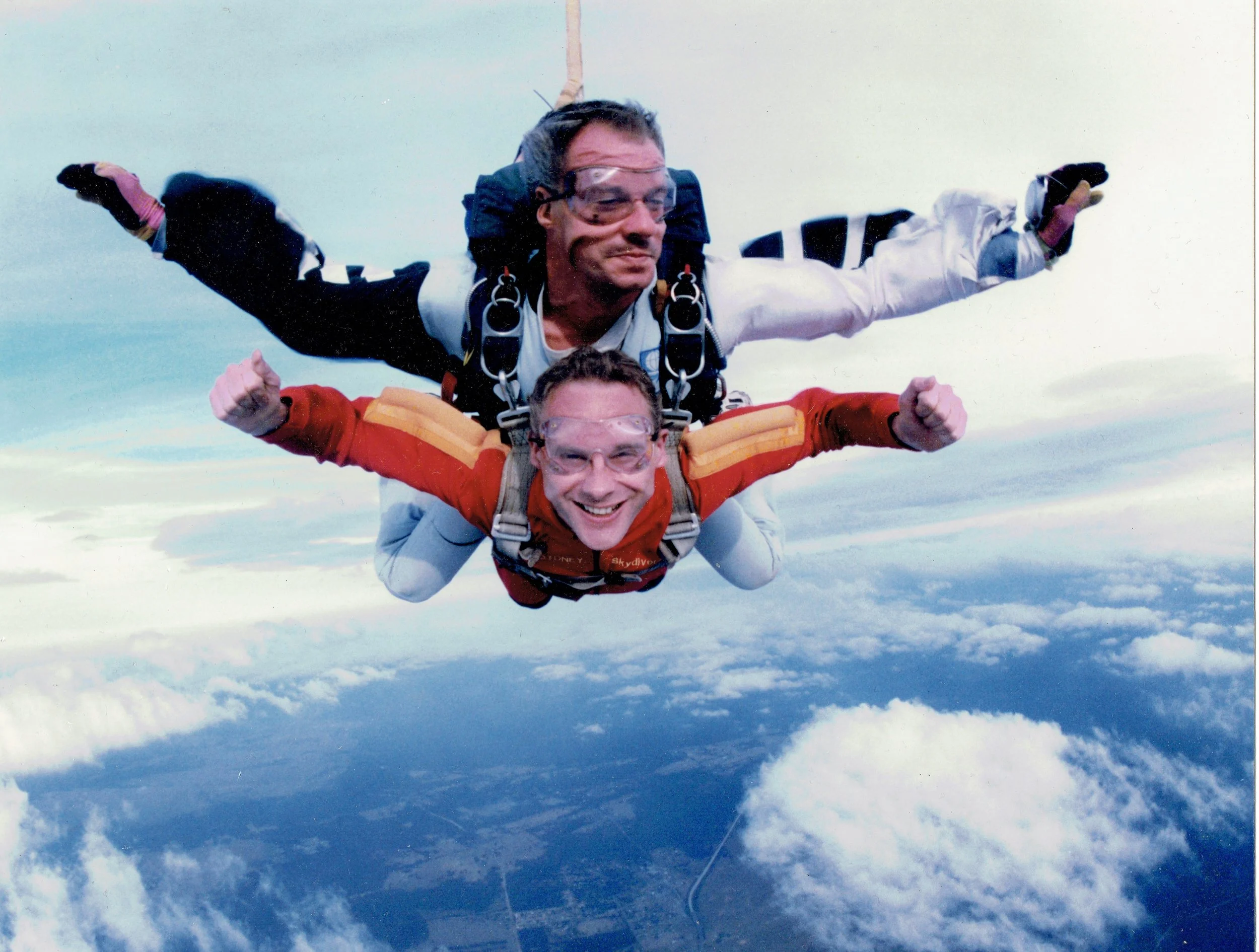This post is likely to be the first of two, maybe three… maybe more… all on motivation: the spark that can turn into an unquenchable fire of burning ambition, or maybe for some just never gets lit. Why is that and what can we do as coaches to help?
It draws on some inspiring and deeply thought provoking presentations I was lucky enough to hear the other weekend, up in Loughborough at the British Triathlon Federation’s HQs. I had been mentoring one of the candidates, Rav, on the Level 3 High Performance Coach programme and wanted to be there for his final presentation so got the benefit of all the other presentations. Many of these had a central theme of motivation – such as how to help the inactive become active, what drives different club members, the coach’s own motivation in working with different groups and, Rav’s project, how to motivate young people to stay in the sport. As it happened, there was also an interesting session led by the BTF’s Sports Psychologist, Hannah Brooks about enhancing triathlete’s motivation.
Without further ado let’s jump into a little theory and lots of practice. Keep that fire going to the end!
Whose motivation?
Some years ago, whilst at Imperial College Management School, I undertook research on motivation in workplace teams. There’s a highly influential, if controversial paper by Herzberg that opens by asking the question “whose motivation are we actually concerned with?” This basic question is often passed over but I think serves as a critical starting point. Pretty much all of the manuals on motivation in the workplace are really coming from a place of the manager’s motive to get his or her people to do what the manager wants. In my research I called this motivation for compliance and distinguished it from what one would expect in the world of sports where the coach is more concerned with an open, motivation for development of their athlete. But is this always the case? Before reaching for the shelf of motivational techniques it is worth pausing to ask whose agenda and interests are really being pursued.
Here some of the presentations in Loughborough were very revealing – some coaches questioning themselves about whether a focus on podium places and elite performances was actually as rewarding and in tune with their values and priorities as they had up to then thought. My own coaching practice is founded on seeing people of all abilities and ambitions surprise themselves with what they can do. I have found times and places have a way of taking care of themselves.
This goes to a central principle of Confidence Centred Coaching that I’ve written about elsewhere – of having an openness to and deep respect for others’ ambitions, even if we instinctively think they may not fit with our view of what is conventional or with our set ways of doing things. It means making the space to find out more of what drives them and holding their ambitions as a precious gift we’re privileged to share.
Feeling Not Doing
Another key idea is that unlocking self-belief and firing motivation has to be about feeling, not doing. I’ve referred before to a remarkable book by Clinical Psychologist Meg Jay, Supernormal, about extraordinary stories of childhood adversity and resilience. She makes the point that, when we hear of people who have gone through harrowing childhood experiences and still somehow become apparently successful high achievers, we ask “how did they do it?”, neglecting to ask “how did it feel?”
Again in my coaching experience, working with people facing extraordinary challenges or overcoming deep-seated fears and self-doubts, I see the power of starting from an empathetic understanding of what it feels like. Often someone will start off belittling themselves and wanting to dismiss their feelings as “just being stupid”. So the first step is always allowing the space to explore sensitively their feelings. Only from there can we start reshaping and reframing their experience (as outlined in the Coaching for Confidence Learning Zone). This is also one of the reasons why I am instinctively wary of the kind of one size fits all, top tips to do approach – of things to do without regard to how we feel.
In this respect I found myself challenged by Sports Psychologist Hannah’s session. She asked each of us to consider someone we are coaching who is struggling with motivation and then to come up with ideas that might address three key motivational components:
autonomy as in feeling in control
competence as in feeling capable of doing the task ahead
and relatedness as in feeling connected and identifying with others.
Using this framework helped generate lots of ideas. I noticed, though, how quickly we naturally jump to solutions, to things for the person to do, even when the questions are posed around their feelings.
The real life case I thought through is a relatively novice triathlete who has been struggling with putting in the consistent training needed to face a very big challenge just two months away. I suspect asking her, for example, to be more involved in deciding the training to be done in the coming week (autonomy), or setting shorter term, so-called “achievable objectives” (competence) won’t really help her overcome the feeling of being overwhelmed by the challenge before her. If anything, suggesting such to-do solutions is more likely to add to her sense of fear, guilt and it all being too much. I first need to understand and be alongside her in these feelings before exploring with her what will help her refocus and reshape the possibilities.
And as if to make the point, in our next weekly Coaching Call when we talked through how she was feeling, she came to the point of deciding to defer her place to next year.
Paradox and Protective Frames
The last bit of motivation theory comes from a fascinating book I’ve recently read with a title that is close to my heart: ZigZag. Psychologist Michael J Apter identifies four pairs of seemingly contradictory motivational states that we switch, or zigzag between. These are:
serious and playful
conforming and rebellious
mastery and sympathy
self-orientated and other-orientated
Thinking of how these might apply in a sports person we are coaching, for example the drive for mastery can be about their competitiveness and single-minded determination in taking on a big challenge. According to Apter paradoxically this quest for mastery may veer the person to its opposite, seeking out sympathy and a closeness with people they hold dear – maybe to be held by others rather than always out there at the edge. Or someone might be driven by a serious, studiously planned and methodical focus, caught up in times and intense efforts, whilst simultaneously needing a playful, fun or thrill seeking release. Interestingly, one of the candidates presented their findings from surveying club members. Half of those aiming for selection to the GB Age Group Team – so who one might think would typify a serious motivational state – said most important was enjoyment and fun, while half of the beginners with little interest in qualification said that their main motivation was to improve their performance.
An idea that struck me was what Apter calls a protective frame. He gives several examples of risk taking, such as driving too fast or swimming in big waves. In the moment it is as if we are caught up in a playful bubble, believing ourselves to be cut off from the possible consequences of our actions. When these (delusional) protective frames dissolve we become vulnerable and veer to the serious motivational state. Slow down! Get closer to the shore!
Switch to exhilaration! (and the chute hadn’t even opened at this point)
The process can work the other way. Apter interviewed over sixty parachutists, mapping out the switch from high anxiety (typically just before making the jump) to intense excitement (most often just after the parachute has opened). Intensely high arousal was experienced throughout – and, as I can testify, for a long time after the jump. In the moment of the parachute opening a protective frame bursts open that allows the switch from an intensely serious, heightened awareness of the dangers to a playful, euphoric exhilaration.
So what does this mean for our practice as Confidence Centred Coaches? In what ways might a coach create a protective frame for someone, like my challenged triathlete, to move from an anxious, overwhelmed feeling that leaves them unable to make the first steps up the looming mountain ahead of them to an energising excitement to try? The key features are:
to create a safe, non-judgemental learning space, emphasising the newness and the patient persistence required (along the lines of Growth Mindsets outlined elsewhere)
being generous with our time and interest in such a way as the other can be kinder to themselves, able to self-critique and problem solve in a more positive way
to help them internally connect with their feelings, such as by focusing on the magic of the moment, rather than the end result, and helping them explore how great it feels when things come together
to encourage them to foster external connections with others, maybe through helping them to identify as a member of the community of their particular sport, their club, or if relevant the community of sports women or other distinctive groups. Their “relatedness” to supportive friends and family must also come into its own. I also believe in the calming power of connectedness to nature as another way of grounding ourselves in a world beyond ourselves.
So lots of reflection from a great weekend – with more to come in the next few weeks from Rav and me on motivating young people.
Big thanks to all the Level 3 candidates – what a richness of thought and experience, generously and openly shared – to lead tutors Rob and Chris (not least for giving me a slot to talk about Confidence Centred Coaching) and Hannah Brooks.
As always, please use the comments space below to add your reflections and ideas.


